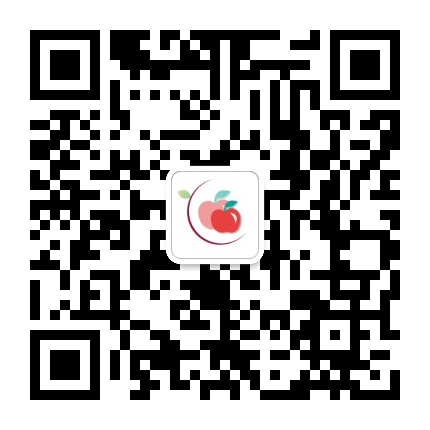iOS Signing: How to Effectively Sign Your Apple Apps
iOS signing is a vital aspect of the app development process on Apple devices. Without a proper signature, Apple’s OS won’t allow apps to be installed on devices. iOS signing is a way of proving that the app has been designed, developed, and distributed by authentic sources. In this article, we will discuss why iOS signing is essential and how to sign your apple apps effectively.
What is iOS Signing?
iOS signing is a way of validating the authenticity of an application before it can operate on an Apple device. It is the encryption of an app’s code, and it is a crucial mechanism to control the quality of apps in the Apple ecosystem. When an app is being signed, an exclusive cryptographic key is used to encrypt the app’s binary code, which is later checked by Apple to ensure that the app has not been tampered with before release.
Why is it Essential to Sign Your Apple Apps?
Signing your apple apps is essential for several reasons:
Security: Un-signed apps can be harmful and create security concerns for iOS users. By signing apps, Apple ensures that only the authentic and safe apps make it to their ecosystem.
Trust: Signing your apple apps demonstrates that they come from a trusted source. Having a trusted source ensures users that the app is free of any malware or tampering.
Easy Distribution: Signed apps can be easily distributed through Apple’s App Store. All apps on the App Store are signed and verified by Apple.

How to Sign Your Apple Apps Effectively?
Signing your apple apps can be done in a few easy steps:
Create a Signing Certificate: The first step to sign your apple apps is to create a signing certificate for your development team. You can do this by accessing the Apple Developer Portal and following the instructions.
Create a Provisioning Profile: Once you have your signing certificate, you need to create a provisioning profile. A provisioning profile is a collection of information about your app, including the signing certificate, app ID, and other details.
Sign Your App: Once you have your signing certificate and provisioning profile, the next step is to sign your app. You can do this using Xcode, which will automatically sign your app when you build it.
Distribute Your App: Once your app is signed, you can distribute it using Apple’s App Store or your enterprise deployment methods like enterprise signing or ad-hoc distribution.
Conclusion
iOS signing is a crucial aspect of app development on Apple devices. It ensures that only authentic and approved apps make it to the App Store. As an app developer, it’s essential to learn how to sign your apple apps effectively to avoid any security concerns and ensure that your app comes from a trusted source. Following the steps outlined above will help you sign your apps with ease.



